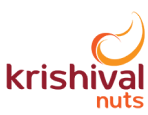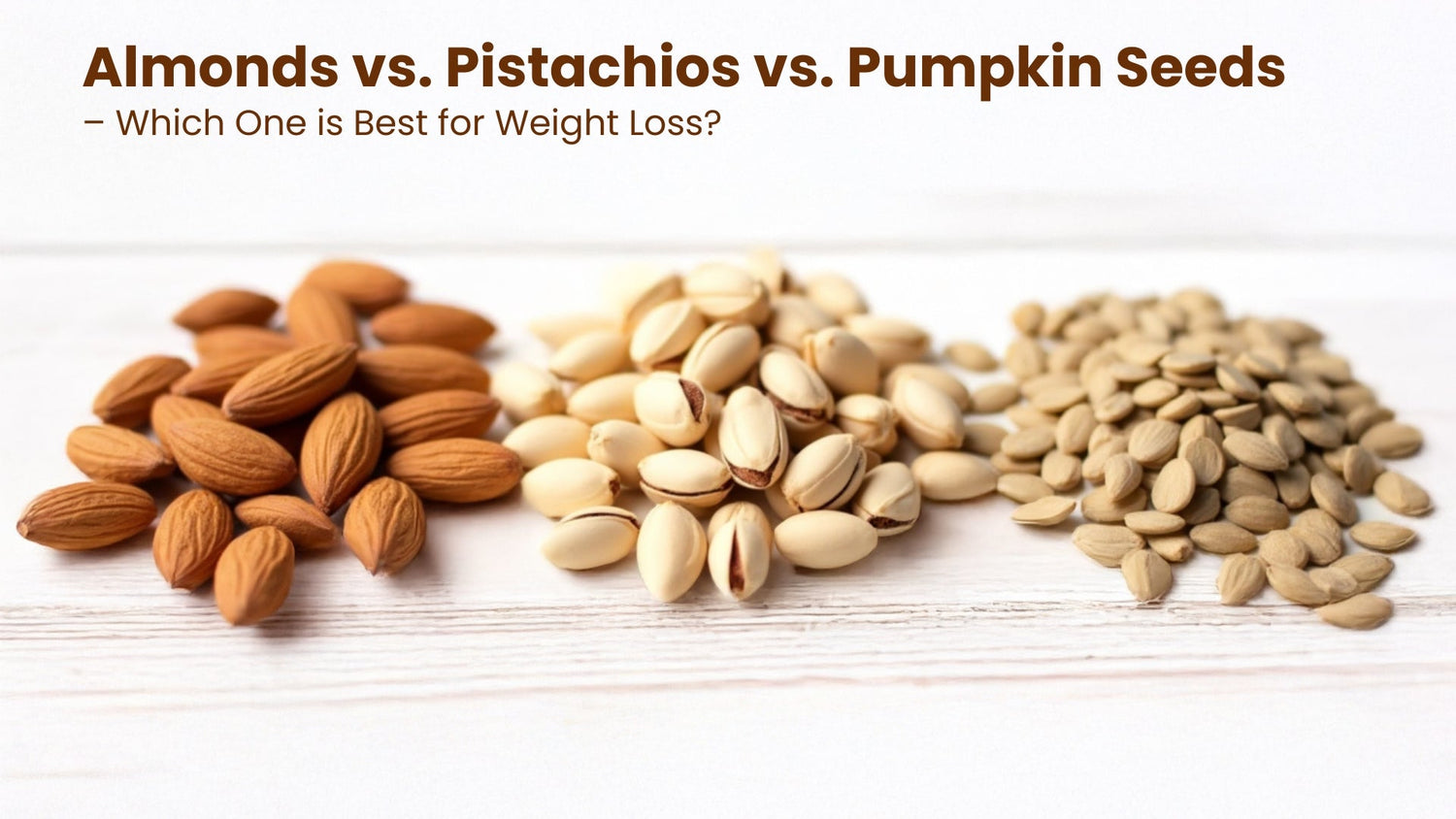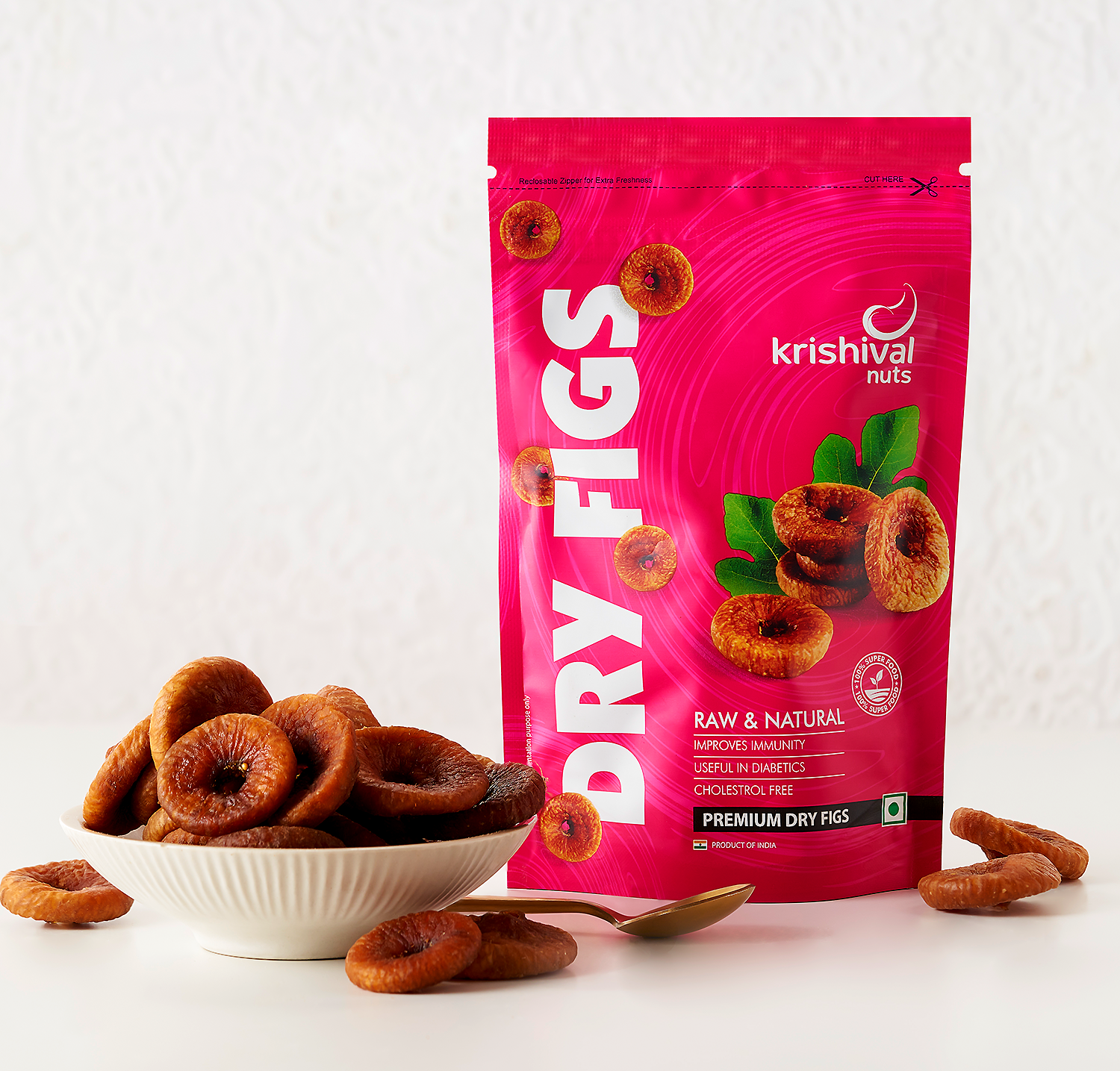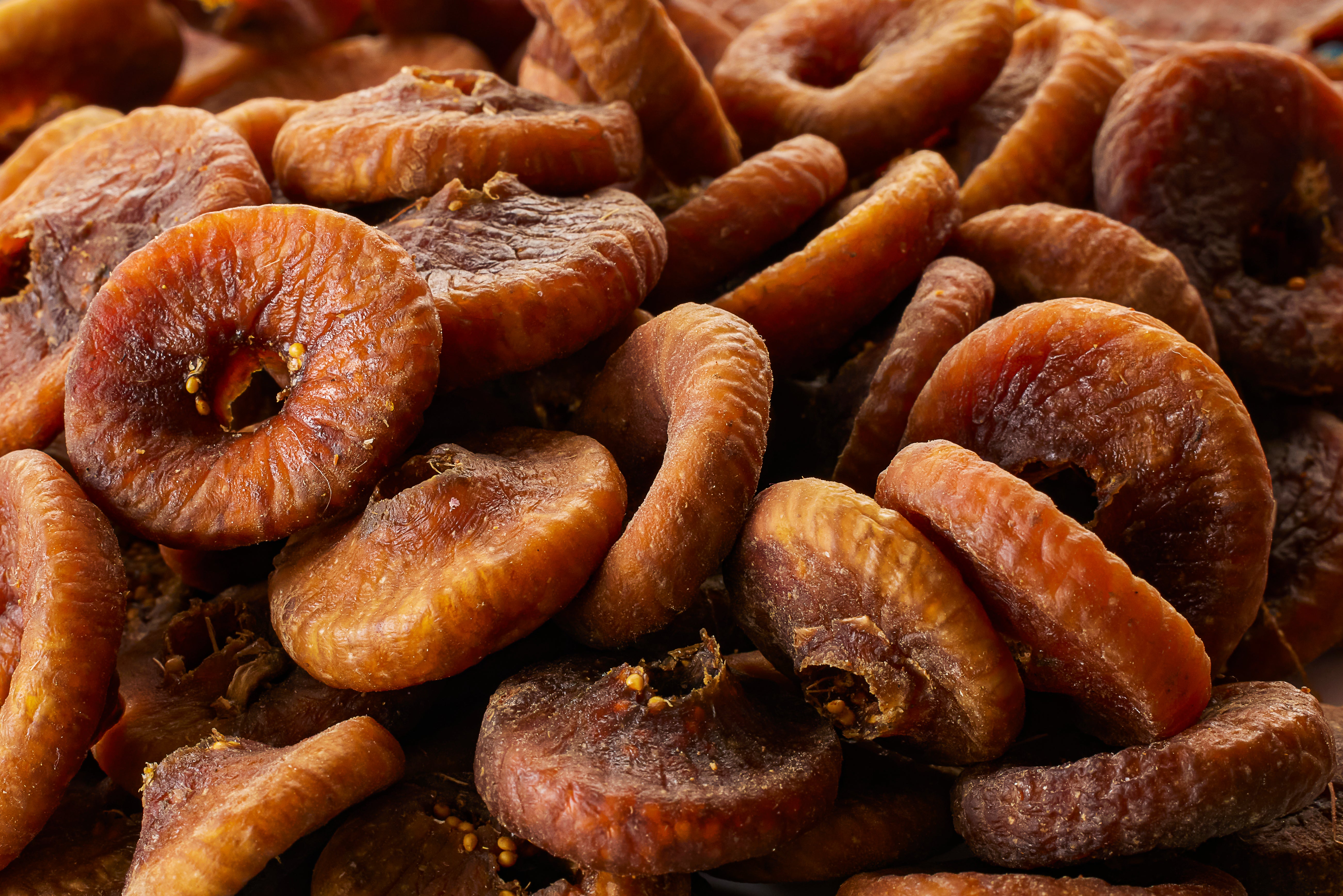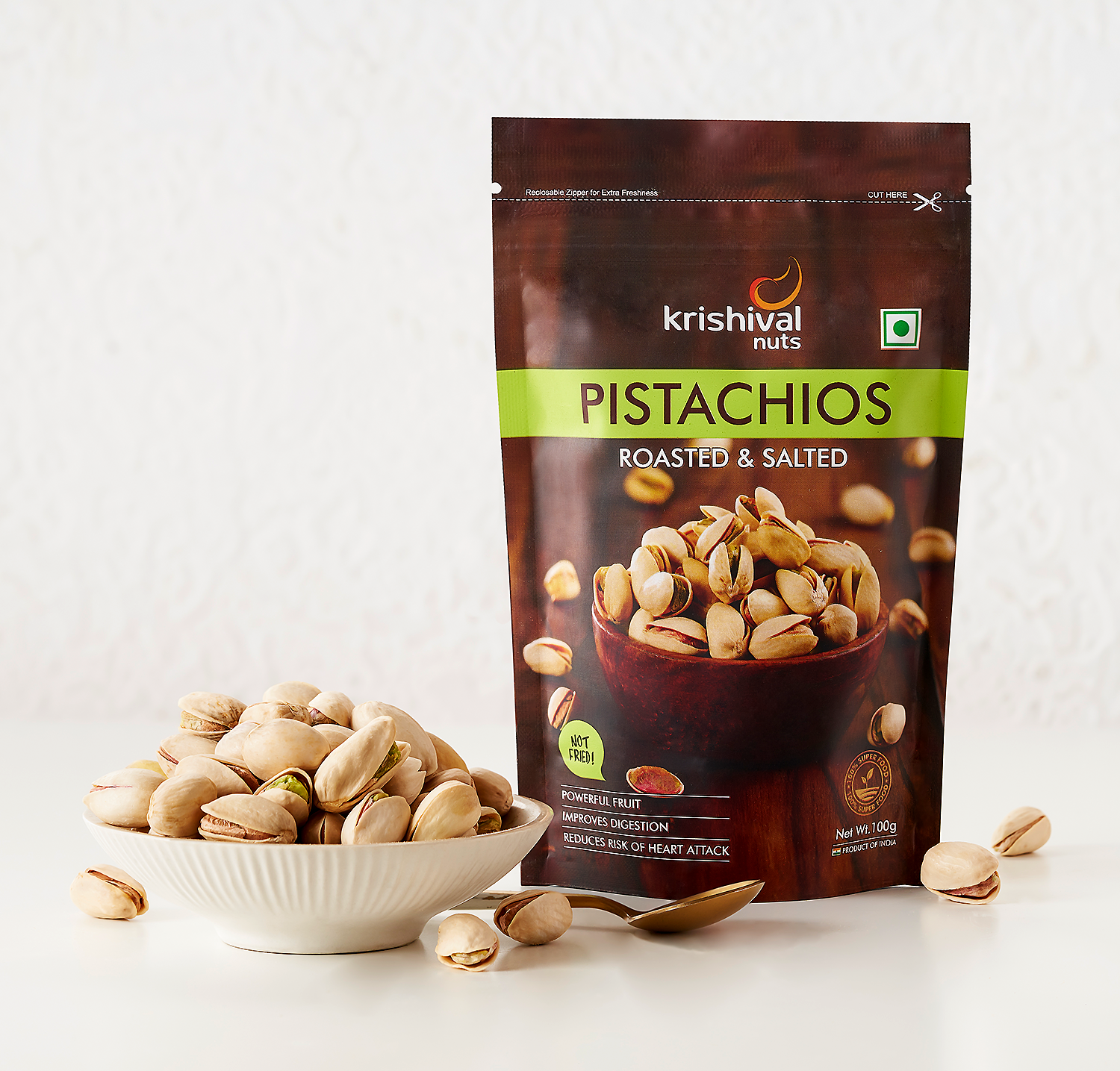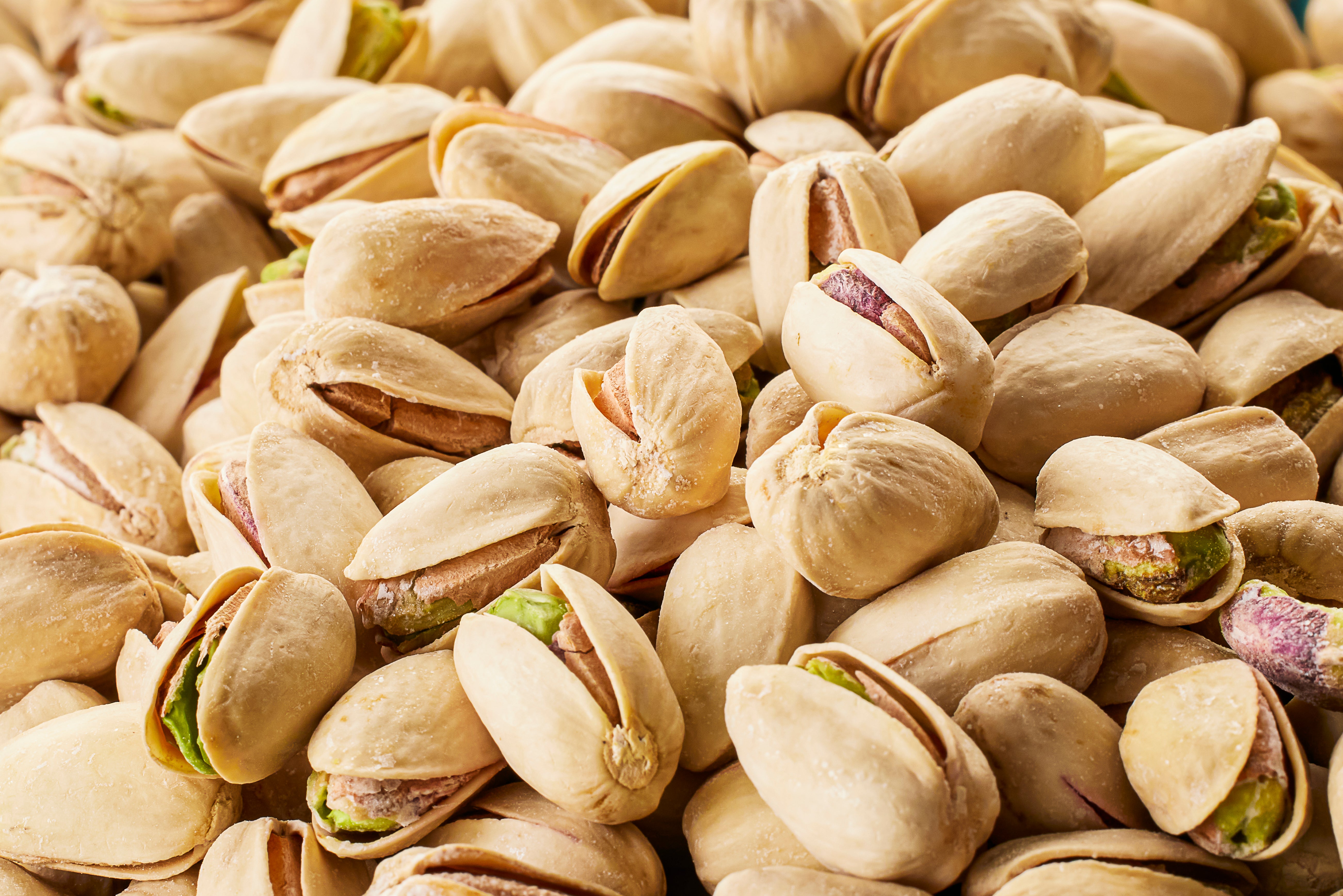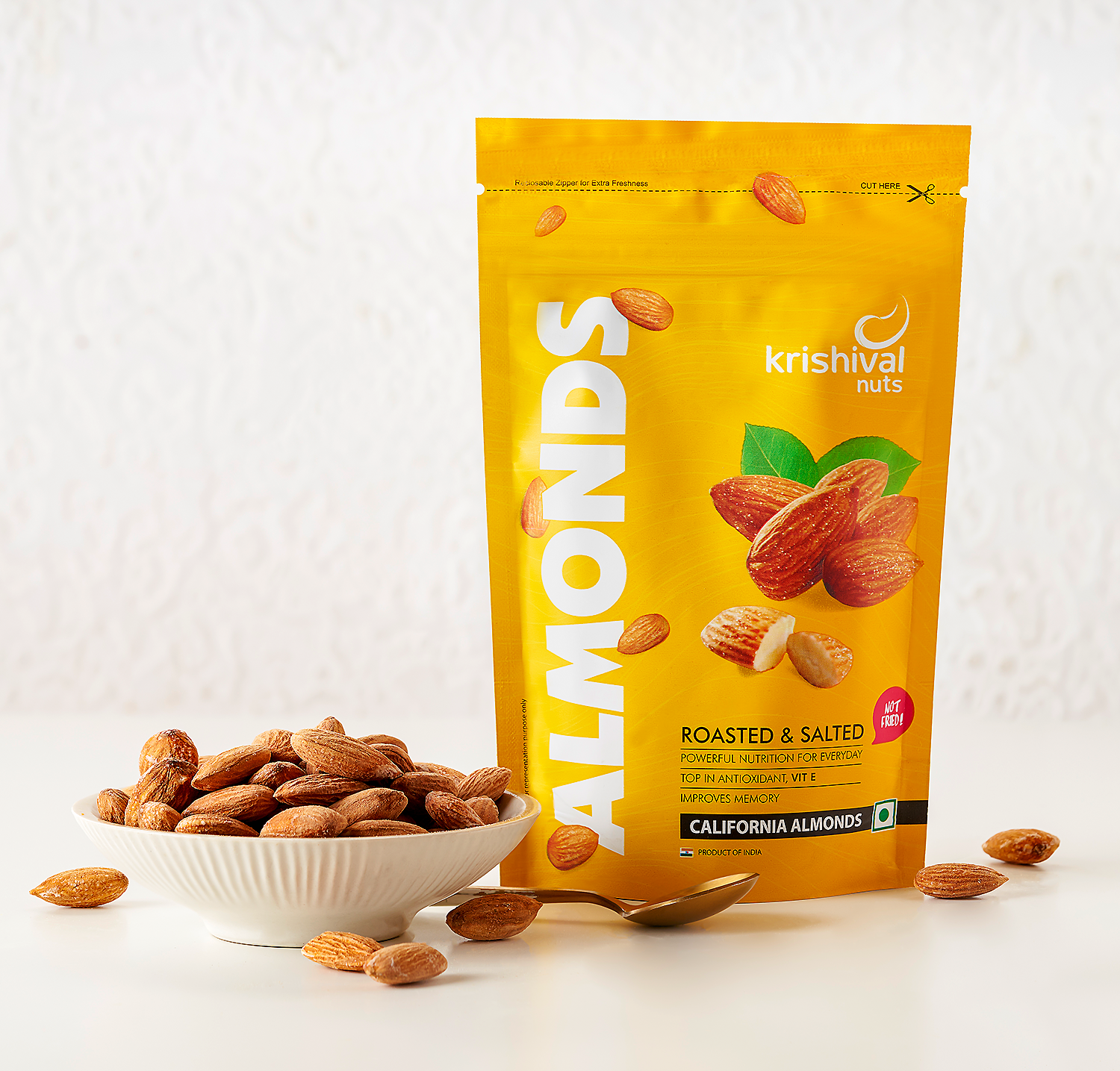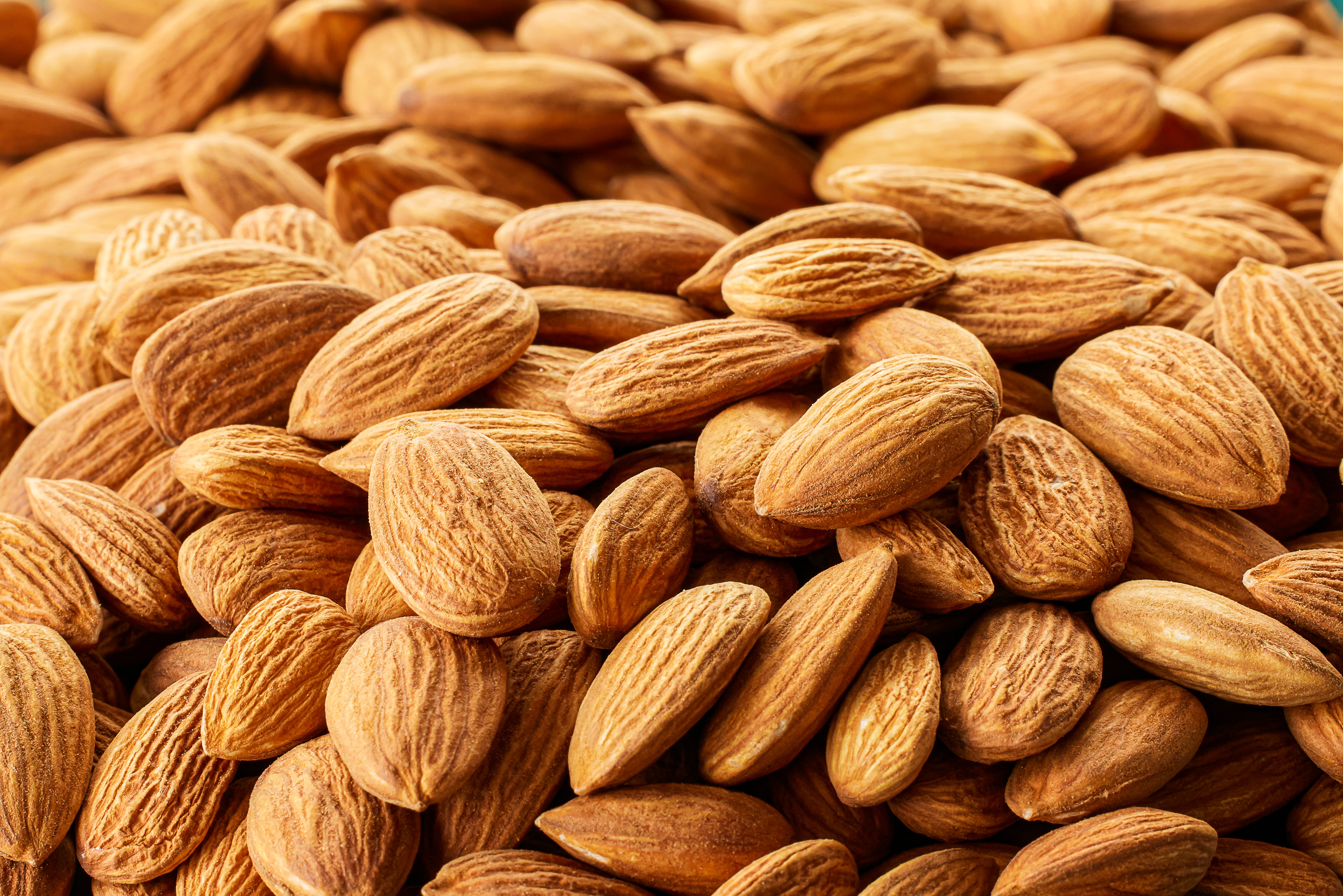Weight loss is often viewed as a complex journey requiring careful planning, discipline, and consistency. While exercise and meal planning play significant roles, the smaller, often overlooked elements like snacks can either support or derail your efforts. Choosing the right snacks can help curb hunger, boost metabolism, and keep you on track with your weight loss goals.
Among the vast variety of snacks available, nuts and seeds have earned a reputation as healthy, nutrient-dense options. Almonds, pistachios, and pumpkin seeds stand out not only for their satisfying crunch but also for their potential weight loss benefits. In this blog, we'll compare these three popular snacks to help you decide which one fits best into your weight loss plan.
Table of Contents
-
Introduction
-
Nutritional Profiles of Almonds, Pistachios, and Pumpkin Seeds
-
Health Benefits of Each Snack
-
Caloric Content and Portion Sizes
-
Impact on Satiety and Appetite Control
-
Role in a Balanced Diet
-
Comparing Fiber and Protein Content
-
Antioxidants and Other Nutrients
-
Conclusion
-
Frequently Asked Questions (FAQs)
Nutritional Profiles of Almonds, Pistachios, and Pumpkin Seeds
Understanding the nutritional content of your snacks is essential for making informed decisions. Each of these options almonds, pistachios, and pumpkin seeds offers a unique balance of macronutrients that can impact your weight loss journey differently.
Detailed Breakdown of Calories and Macronutrients
Below is a breakdown of the calories, protein, fats, and carbohydrates present in a standard 1-ounce (28 grams) serving of each snack:
|
Nutrient |
Almonds |
Pistachios |
Pumpkin Seeds |
|
Calories |
164 |
159 |
151 |
|
Protein (g) |
6 |
6 |
7 |
|
Fat (g) |
14 |
13 |
12 |
|
Carbohydrates (g) |
6 |
8 |
5 |
|
Fibre (g) |
3.5 |
3 |
1.7 |
Almonds have the highest calorie count due to their fat content, but they also provide a good amount of fibre, which aids digestion and promotes satiety. Pistachios have a slightly lower calorie count and are rich in protein and healthy fats. Pumpkin seeds, with the lowest calorie count, are protein-rich and provide a modest amount of fibre.
This comparison reveals that while all three options are calorie-dense, they are also nutrient-dense, making them valuable components of a balanced diet when consumed in moderation.
Health Benefits of Each Snack
Specific Benefits of Almonds, Pistachios, and Pumpkin Seeds
Almonds
Almonds are rich in healthy monounsaturated fats, fiber, and protein. These nutrients contribute to prolonged feelings of fullness, reducing overall calorie intake. Studies have shown that almonds may help lower LDL cholesterol levels, which benefits heart health. The magnesium in almonds also supports blood sugar regulation, which can reduce cravings and prevent overeating.
Pistachios
Pistachios are lower in calories compared to other nuts and are a great source of vitamin B6, potassium, and antioxidants. Their high protein and fiber content help keep hunger at bay, making them a valuable snack for weight loss. Pistachios are often consumed with their shells, which can naturally slow down eating and contribute to mindful consumption.
Pumpkin Seeds
Pumpkin seeds are packed with zinc, magnesium, and healthy fats. Zinc plays a role in hormone regulation, including those associated with hunger and metabolism. Magnesium helps reduce stress and supports better sleep, both of which are linked to effective weight management. Additionally, pumpkin seeds contain antioxidants that reduce inflammation, potentially aiding in weight loss.
Their Impact on Metabolism, Heart Health, and Weight Loss
-
Metabolism: The protein and healthy fats in almonds, pistachios, and pumpkin seeds help boost metabolism by increasing the thermic effect of food — the energy required for digestion. Magnesium present in these snacks supports energy production, indirectly aiding metabolism.
-
Heart Health: All three options contain healthy fats that can lower bad cholesterol levels, reducing the risk of heart disease. The antioxidants present, particularly in pistachios and pumpkin seeds, help reduce oxidative stress, benefiting cardiovascular health.
-
Weight Loss: These snacks are nutrient-dense, which means they provide essential vitamins and minerals while helping control appetite. Their combination of protein, fiber, and healthy fats contributes to prolonged satiety, preventing overeating and unhealthy snacking.
Caloric Content and Portion Sizes
When aiming for weight loss, understanding the caloric content of your snacks is crucial. Although nuts and seeds are nutrient-dense, their calorie count can quickly add up, making portion control essential.
Recommended serving sizes for weight loss
-
Almonds: About 1 ounce (roughly 23 almonds) contains approximately 160 calories. For weight loss, sticking to a 1-ounce serving is ideal.
-
Pistachios: A 1-ounce serving (about 49 pistachios) has around 160 calories. Due to their lower fat content and higher protein and fiber levels, pistachios can be a satisfying, low-calorie option.
-
Pumpkin Seeds: A 1-ounce serving (about 85 seeds) provides approximately 150 calories. These seeds are rich in healthy fats, but portion control is vital due to their calorie density.
Calorie comparison and energy density
|
Snack |
Serving Size (1 oz) |
Calories |
Protein (g) |
Fat (g) |
Fibre (g) |
|
Almonds |
23 nuts |
160 |
6 |
14 |
4 |
|
Pistachios |
49 nuts |
160 |
6 |
13 |
3 |
|
Pumpkin Seeds |
85 seeds |
150 |
6 |
12 |
2 |
Among the three, pumpkin seeds have a slightly lower calorie count per serving, while all three options provide healthy fats, protein, and fiber that support weight loss.
Impact on Satiety and Appetite Control
Managing hunger is a key factor in successful weight loss. Nuts and seeds can help regulate appetite due to their high protein, healthy fats, and fiber content.
How each option helps in curbing hunger
-
Almonds: With a good balance of protein and fiber, almonds help maintain satiety, reducing the likelihood of overeating.
-
Pistachios: These are often eaten in their shells, which can slow down consumption and promote mindful eating. The combination of protein, fiber, and healthy fats makes them highly satiating.
-
Pumpkin Seeds: Their slightly higher protein content can help curb hunger effectively, but their lower fiber content might make them less filling compared to almonds and pistachios.
Role of healthy fats and fiber in reducing cravings
Healthy fats and fiber slow digestion, helping maintain stable blood sugar levels. This stability reduces sudden spikes and crashes, minimizing cravings for unhealthy, calorie-dense foods. Consuming a controlled portion of these snacks can keep you fuller for longer and reduce the temptation to snack mindlessly.
Role in a Balanced Diet
How to Include These Nuts and Seeds in Daily Meals
Incorporating almonds, pistachios, and pumpkin seeds into your daily meals is simple and versatile. These snacks can be added to various dishes, providing both flavor and nutrition:
-
Morning Boost: Add chopped almonds or pistachios to your oatmeal or yogurt for a protein-packed breakfast. Pumpkin seeds make an excellent addition to smoothie bowls.
-
Midday Snacks: Keep a small portion of roasted nuts or seeds for a quick, satisfying snack. Mixing them with dried fruits can create a balanced trail mix.
-
Salad Toppings: Use sliced almonds or crushed pistachios to add crunch to salads. Pumpkin seeds work well with leafy greens and vinaigrettes.
-
Baking and Cooking: Incorporate ground almonds into baked goods or use almond flour as a low-carb alternative. Pistachios can be used in pesto or sauces, while pumpkin seeds can be added to bread dough.
-
Soups and Stews: Sprinkle pumpkin seeds over soups for added texture, or use almond butter in curries for a creamy consistency.
Complementing Other Weight Loss-Friendly Foods
To optimize weight loss, pair these nuts and seeds with other nutrient-dense foods:
-
Fruits and Vegetables: Combining them with fresh fruits or raw veggies provides a balance of fiber, antioxidants, and healthy fats.
-
Lean Proteins: Mix with lean meats, tofu, or legumes for a high-protein, satisfying meal.
-
Whole Grains: Add to quinoa, brown rice, or whole-grain bread to boost satiety and balance blood sugar levels.
-
Low-Calorie Dairy: Pair with Greek yogurt or cottage cheese for a protein and calcium-rich snack that supports muscle maintenance.
Comparing Fiber and Protein Content
Importance of Fiber and Protein in Weight Loss
Fiber and protein play crucial roles in weight loss due to their ability to enhance satiety, reduce appetite, and stabilize blood sugar levels.
-
Fiber: Slows digestion, reduces hunger, and supports gut health, all contributing to better weight management.
-
Protein: Increases thermogenesis (calorie burning during digestion), preserves lean muscle mass, and controls cravings.
Analysis of Which Option Is More Beneficial
Here's a comparison of the fiber and protein content in a standard 1-ounce (28-gram) serving:
|
Nutrient |
Almonds |
Pistachios |
Pumpkin Seeds |
|
Fibre (grams) |
3.5 |
2.9 |
1.1 |
|
Protein (grams) |
6.0 |
5.7 |
7.0 |
-
Fiber Winner: Almonds, with the highest fiber content, can help reduce overeating and support digestive health.
-
Protein Winner: Pumpkin seeds take the lead, making them ideal for preserving muscle mass and boosting metabolism.
-
Balanced Choice: Pistachios, though slightly lower in fiber and protein, are rich in antioxidants and provide a satisfying crunch.
Considering the benefits, combining all three in moderation can maximize weight loss while ensuring a variety of nutrients.
Antioxidants and Other Nutrients
Almonds, pistachios, and pumpkin seeds each contain unique antioxidants that support overall health and weight management. Almonds are rich in vitamin E, a powerful antioxidant that helps reduce oxidative stress, which can influence metabolism. Pistachios have high levels of lutein and zeaxanthin, beneficial for eye health and reducing inflammation. Pumpkin seeds are a great source of zinc and magnesium, which play crucial roles in metabolic regulation and muscle recovery. These nutrients not only support metabolic health but also aid in appetite control, making these snacks effective for weight management. When choosing these snacks, consider opting for naturally sourced options like those from Krishival, ensuring purity and maximum nutritional benefits.
Conclusion
While almonds, pistachios, and pumpkin seeds each have their own strengths for weight loss, the best choice ultimately depends on personal preference, dietary needs, and lifestyle. Almonds excel in vitamin E and healthy fats, pistachios are protein-rich and low in calories, while pumpkin seeds offer an excellent mineral profile. Incorporating any of these nutrient-dense, naturally sourced snacks like those from Krishival into a balanced diet can support weight loss efforts while promoting overall health.
Frequently Asked Questions (FAQs)
H4 - q1. Are almonds, pistachios, and pumpkin seeds safe for all diets?
Yes, almonds, pistachios, and pumpkin seeds are generally safe for most diets, including vegan, gluten-free, and dairy-free diets. However, if you have specific food allergies or intolerances, it's important to check ingredient labels for cross-contamination with other allergens, such as peanuts or soy. Always consult with a healthcare provider if you have concerns about adding new foods to your diet.
Which of these snacks is best for keto or low-carb diets?
All three snacks—almonds, pistachios, and pumpkin seeds—are keto-friendly due to their low carbohydrate content and high healthy fat levels. However, pistachios tend to be a bit higher in carbs compared to almonds and pumpkin seeds. If you're following a strict low-carb or keto diet, you may want to focus more on almonds and pumpkin seeds as they are lower in carbohydrates, with pumpkin seeds being particularly rich in fats and protein.
Can eating these snacks lead to weight gain if consumed in excess?
While almonds, pistachios, and pumpkin seeds are nutritious and beneficial for weight management, eating them in excess can lead to weight gain due to their high calorie content. They are energy-dense, which means that even small portions can contribute to a significant caloric intake. For weight loss, it's crucial to manage portion sizes—usually around a handful (about 1 ounce) per serving—and ensure they fit into your daily calorie goals.
How can I incorporate these into my meal plan effectively?
These snacks can be easily incorporated into your daily meals. You can add them to smoothies, oatmeal, or yogurt for extra crunch and nutrition. They're also great as standalone snacks between meals or as a topping for salads. For a more filling snack, pair them with a source of protein, like Greek yogurt or cottage cheese. Remember to monitor portion sizes to avoid overeating, especially when aiming for weight loss.
Are there any potential allergens to consider?
While almonds, pistachios, and pumpkin seeds are generally safe for most people, they are still nuts and seeds, which are common allergens. Pistachios, in particular, belong to the cashew family, which may cause reactions in individuals with tree nut allergies. If you're allergic to any type of nut or seed, it's best to avoid these snacks. Always check for cross-contamination and consult an allergist if you're unsure.
Which of these is the most budget-friendly for daily consumption?
Among the three options, pumpkin seeds tend to be the most budget friendly. They are often less expensive per serving compared to almonds and pistachios, especially when bought in bulk. Almonds can sometimes be more expensive depending on the region, and pistachios, being more labor-intensive to harvest, can have a higher price tag. For a cost-effective option, consider buying in bulk from trusted sources like Krishival.
Can these snacks help in muscle building alongside weight loss?
Yes, almonds, pistachios, and pumpkin seeds are excellent choices for muscle building due to their high protein and healthy fat content. Protein is crucial for muscle repair and growth, and these snacks provide a good source of plant-based protein. Including them in a balanced diet alongside a regular exercise regimen can support both muscle building and weight loss goals. For optimal results, pair these snacks with other protein-rich foods and strength training exercises.
Is it better to eat these snacks raw or roasted?
Both raw and roasted versions of almonds, pistachios, and pumpkin seeds have their own benefits. Raw snacks retain more of their natural nutrients, such as vitamins and minerals, while roasting can sometimes decrease the antioxidant levels. However, roasting at a low temperature can preserve many of the nutrients, and some people prefer the flavor and texture of roasted nuts and seeds. It's essential to choose options without added oils, salt, or sugar for a healthier choice.
How do these snacks compare to other popular weight-loss snacks?
Compared to other popular weight-loss snacks, such as granola bars or processed snack foods, almonds, pistachios, and pumpkin seeds offer a more nutrient-dense and satiating option. They are rich in healthy fats, fiber, and protein, which help keep you fuller for longer and prevent overeating. While fruits and vegetables are also great options for weight loss, nuts and seeds provide a higher amount of energy and can be particularly useful for those needing more protein or healthy fats in their diet.
Can children and older adults benefit from these snacks for weight management?
Yes, children and older adults can benefit from almonds, pistachios, and pumpkin seeds, as long as the snacks are introduced in appropriate portion sizes. These snacks offer valuable nutrients like healthy fats, protein, fiber, and essential vitamins and minerals that can support growth, development, and overall health in children, as well as heart health and muscle maintenance in older adults. However, it's important to monitor portion sizes and ensure that these snacks are not choking hazards for younger children. For older adults, these snacks can provide essential nutrients while aiding in weight management when consumed in moderation.
